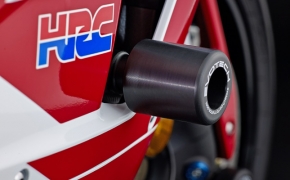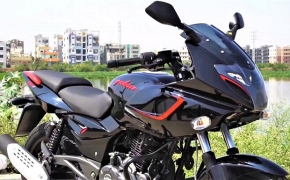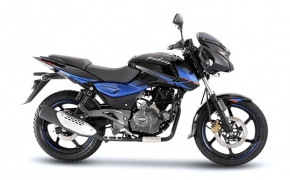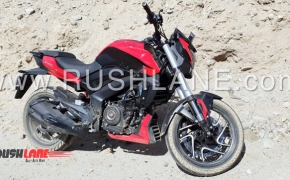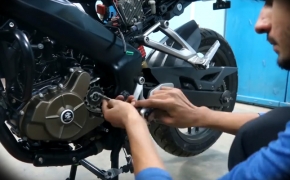 If you thought that your bike only needed engine oil and brake oils, think again. Those who thought that the front two shock absorbers of your bike were simply two piston springs, then you are simply wrong. Yes, there is a piston and there is a spring, but the spring is not powerful enough to take the entire front end load of the bike during an uneven surface. Hence for that reason the front forks of the bike are filled with a highly viscous liquid, Fork Oil.
If you thought that your bike only needed engine oil and brake oils, think again. Those who thought that the front two shock absorbers of your bike were simply two piston springs, then you are simply wrong. Yes, there is a piston and there is a spring, but the spring is not powerful enough to take the entire front end load of the bike during an uneven surface. Hence for that reason the front forks of the bike are filled with a highly viscous liquid, Fork Oil.Those who are not familiar with the term viscous or viscosity, it simply means the thickness of the liquid to provide proper lubrication as well as has load carrying capacity. To give an example for this, the least viscous liquid is water as it flows off easily, but the one with higher viscosity is Honey as it does not flow off easily. Thus if a higher viscosity liquid is used, then it does provide the lubrication but a higher amount of energy is required to wade through it. Similar if the liquid is of a lower viscosity; it won’t provide enough lubrication as well and cause friction which will end up in damage.
Now the reason behind this article is because not many people really know about fork oils and their maintenance. We regularly change out bike’s engine oil, top up the coolant and brake oils, but we never even give a thought to the fork oil. And this is only because of pure ignorance. Most of the fellow bikers either don’t know about fork oils or they just simply turn a blind eye as they fail to understand the importance of it.
 So How To Maintain Fork Oils?
So How To Maintain Fork Oils?This is a very good question. Fork oils are the unsung heroes of motorcycles. They silently keep up to their task without even coming into notice and taking any credit. So next time you go over an uneven surface and don't even feel a thing on your handlebars, do not forget to thank your fork oil for that. And when it comes to maintenance, it is actually pretty simple. Fork oils are kept in closed chambers in the front forks of the bike. Due to this reason it does not really come in contact with many outside factors unlike engine oils. For this reason they retain their quality and viscosity for quite a long time.
So when you regularly service your bikes, during then just keep a check on your front shock absorber performance. If you feel it getting hard or rough, else seems to be making any squeaking noises, it is time to get an oil change. If you are one of those who do not ride as much, then you should change your fork oil every year or two. Make sure you use the grade specified by the manufacturer in the service manual. The grade is decided depending upon the road conditions and the load that will have to be encountered, hence never ever experiment with fork oils of different grades.
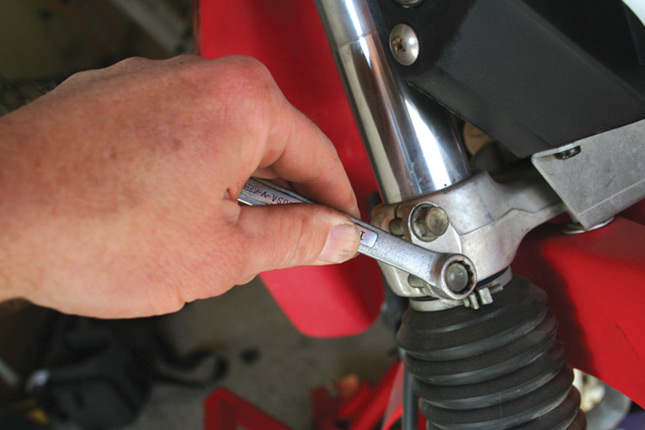 Changing Fork Oils:
Changing Fork Oils:Changing of fork oils is something better left to the experts since the entire fork assembly is quite a complicated unit. But if you are ones of those DIY junkies, then you can easily go ahead take the entire fork assembly off. Always make sure to change the oil one fork at a time. And if possible do not get the piston of the fork out. Check out if the fork has an oil draining outlet. If there is, you are in luck but if not, then you have to go through the troubles of opening up the entire piston and spring setup and then getting the oil out and refilling it.
Always make sure to put in only the exact amount of oil mentioned in the manual. If not mentioned, then measure the amount of oil that drained out and fill only that much amount of oil inside again. If you do not have anything to measure, use a thin metal rod or strip (even a coat hanger would do) to measure the amount of oil in their using the length and then fill in exactly that much amount inside again. Once the oil has been changed, pump up the forks until the air bubbles in it have completely escaped and then you can easily feel the difference in the shock absorbing capability of the front forks.
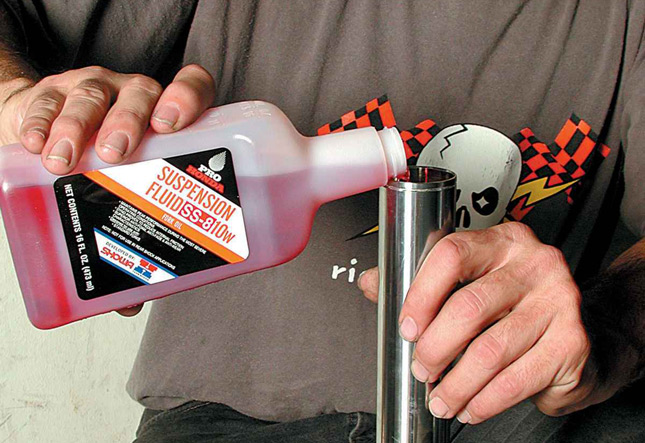 Fork Oil Grades:
Fork Oil Grades:Fork oils are graded depending upon their viscosity and load carrying capacity. Different manufacturers use different grade oils for the very reason as the load varies. For example a Pulsar could use a less viscous oil while the Hayabusa will need a highly viscous oil to balance that load of the heavy front fairing and engine.
The Fork oil has its own SAE grading which ranges in the multiples of 5 (e.g. 5WT, 10WT, 15WT, 20WT). Higher the number, the better the load carrying capacity of that fork oil. So always check your user manual of the bike for the exact Fork oil grading.
As a personal experience I would rather suggest that stick to the fork oil brand used by your bike manufacturer, but if you decide to go for any other, be a little wary of one thing. Even if the oil of a different company might have the same SAE grading, its viscosity might be different. So it is always better to get it checked first before using else it might cause issues with the fork performance.
So all in all always make sure your fork oil is proper and keep replacing it after an interval of a year or so, else according to its working performance. A little care here can go a long way into your bike’s life because an improper fork can lead to damage to the bushes, the entire assembly, heavy jerks on an uneven surface or even crack under immense pressure when the bike goes into a pothole at a bit high speed.
By: Pratik Patole












